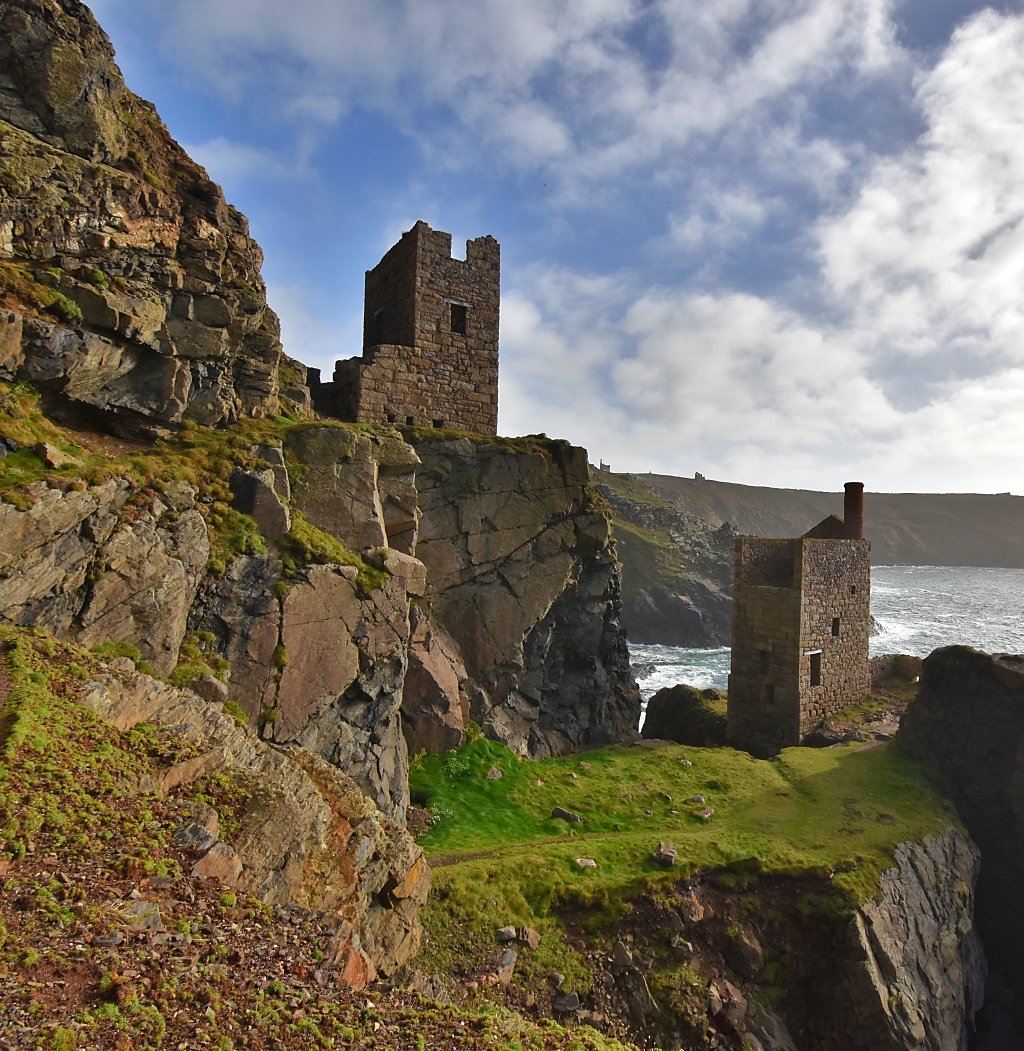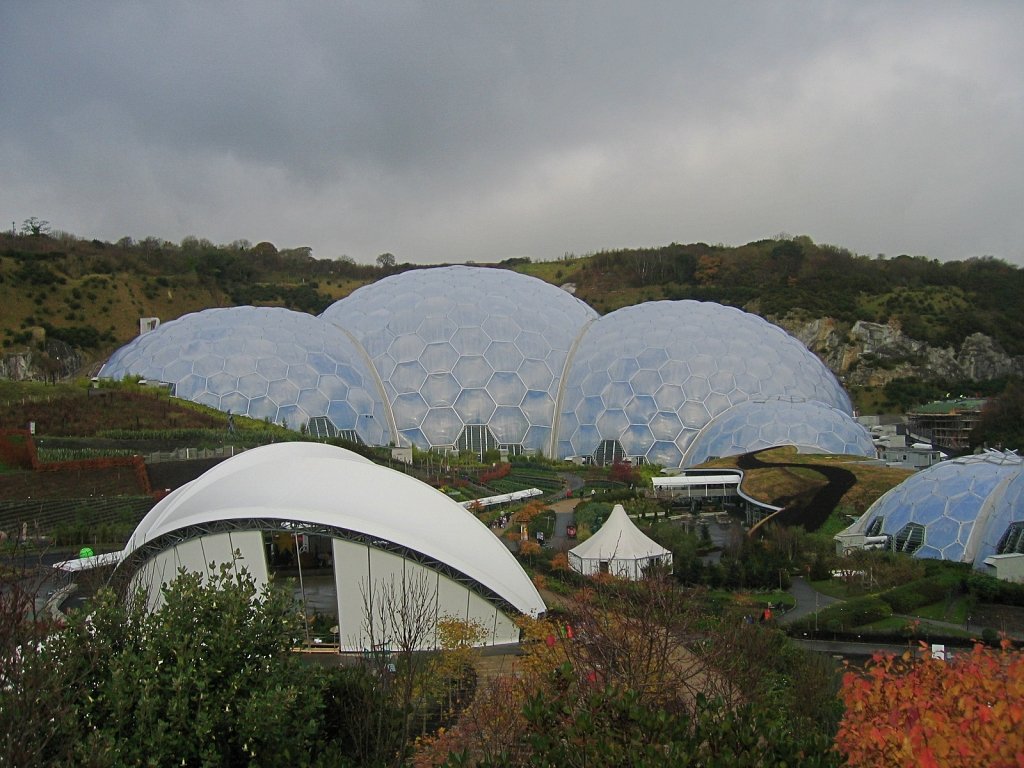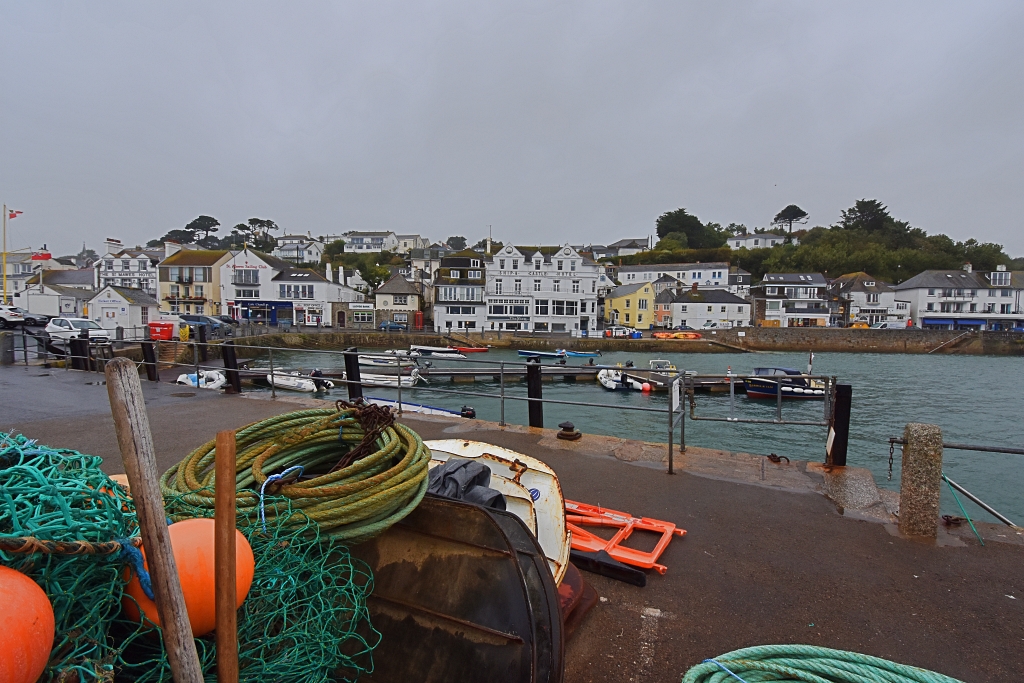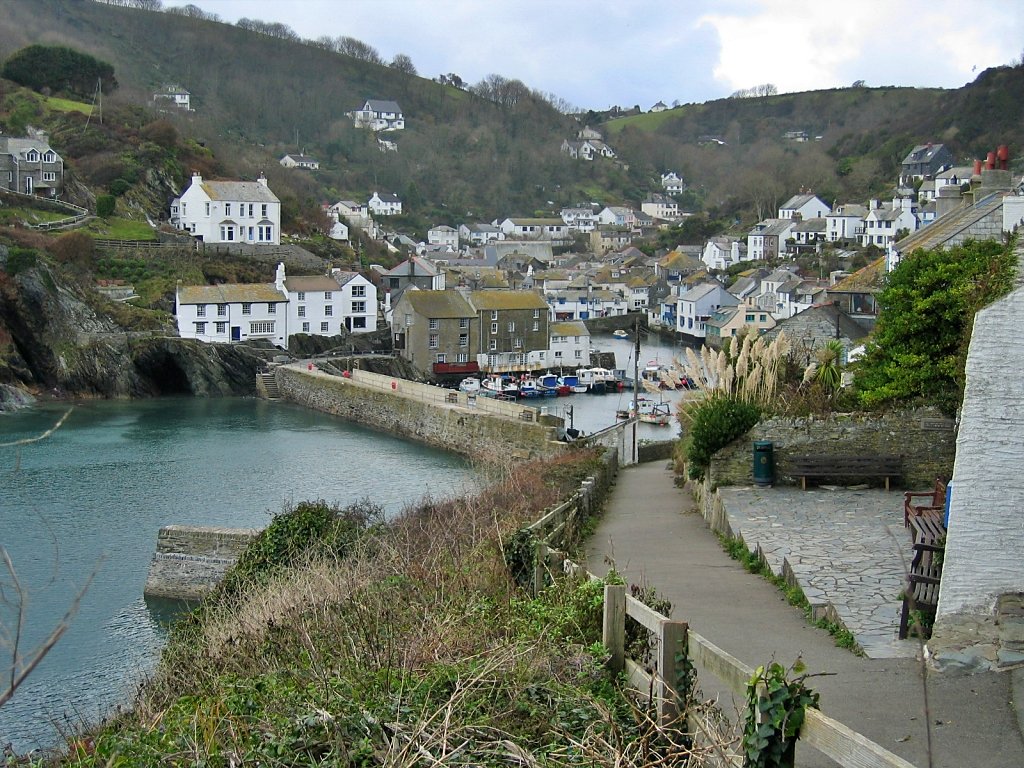Halliggye
Fogou
A Cave by Any Other Name
Are you as fascinated by caves and underground structures as I am? If so, then Cornwall should definitely go onto your must-visit list - because from caves to mines, Cornwall boasts many intriguing hidden spaces such as this one: Halliggye Fogou.
We followed a maze of tiny lanes from Port Navas, where we’d rented a holiday cottage, past Mawgan to the Trelowarren estate and a car park with signs pointing to Halliggye Fogou. Mid-week in the autumn, we were the only ones on the short walk to the ancient site. The trees were starting to turn. A hint of mist hung over the fields. And the landscape had such a timeless vibe, it wasn’t difficult to imagine ourselves 2500 years in the past.
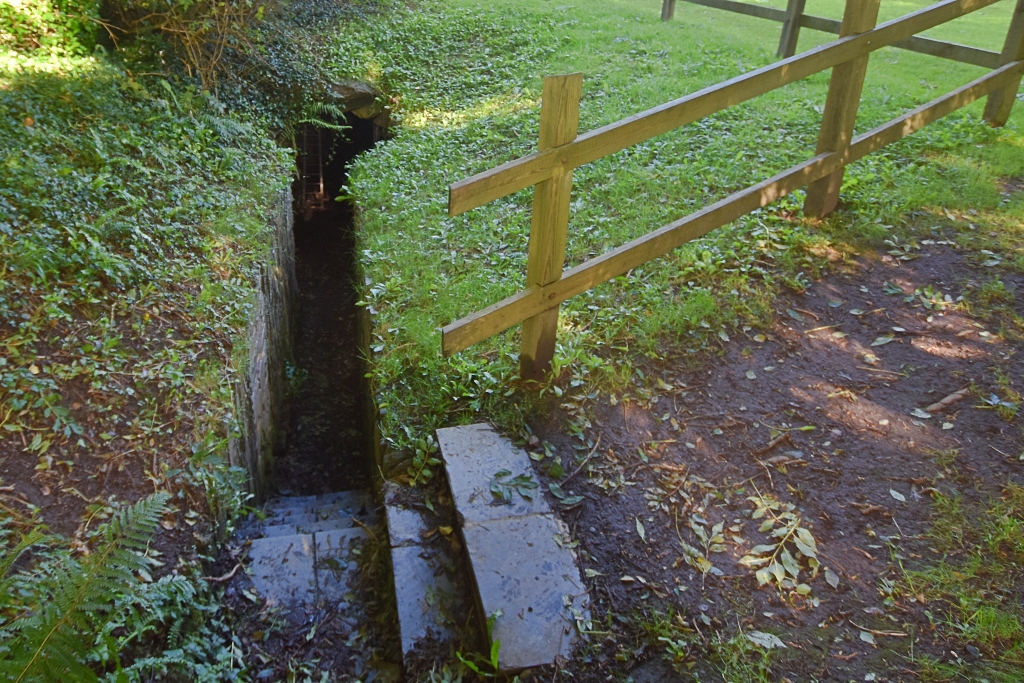 Steps Down to Halliggye Fogou Entrance (Point 1 on Map) © essentially-england.com
Steps Down to Halliggye Fogou Entrance (Point 1 on Map) © essentially-england.comHalliggye is
one of maybe fifteen confirmed Cornish fogou, a man-made underground structure,
usually lined with stone and invisible from ground level. The term fogou may derive
from a Cornish word for ‘cave’, but they were also once known as fuggy holes,
which is simply delightful.
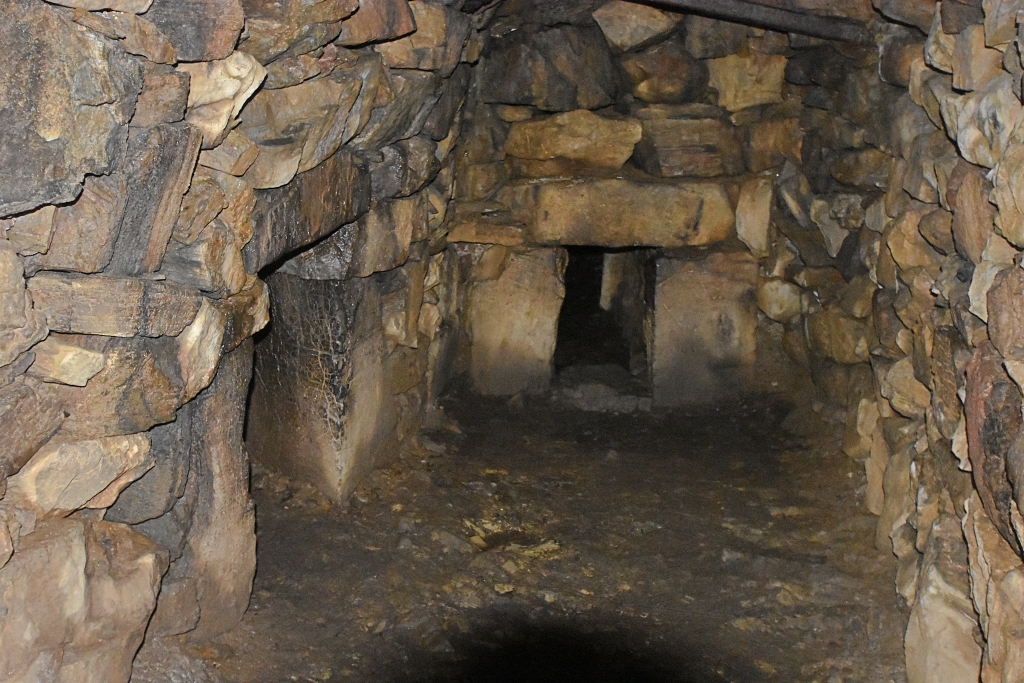 Entrance to a Creep Ahead and Long Curved Passage to the Left (Point 2 on Map) © essentially-england.com
Entrance to a Creep Ahead and Long Curved Passage to the Left (Point 2 on Map) © essentially-england.comMost of these stone-lined caves date to the Iron Age or the early Romano-British period - 800BC to 43AD – and they share similarities with earth shelters in Brittany, Scotland, and Orkney. They’re not that deep, maybe 6ft or 1.8 m, but can stretch for quite a way below ground and divide into various chambers.
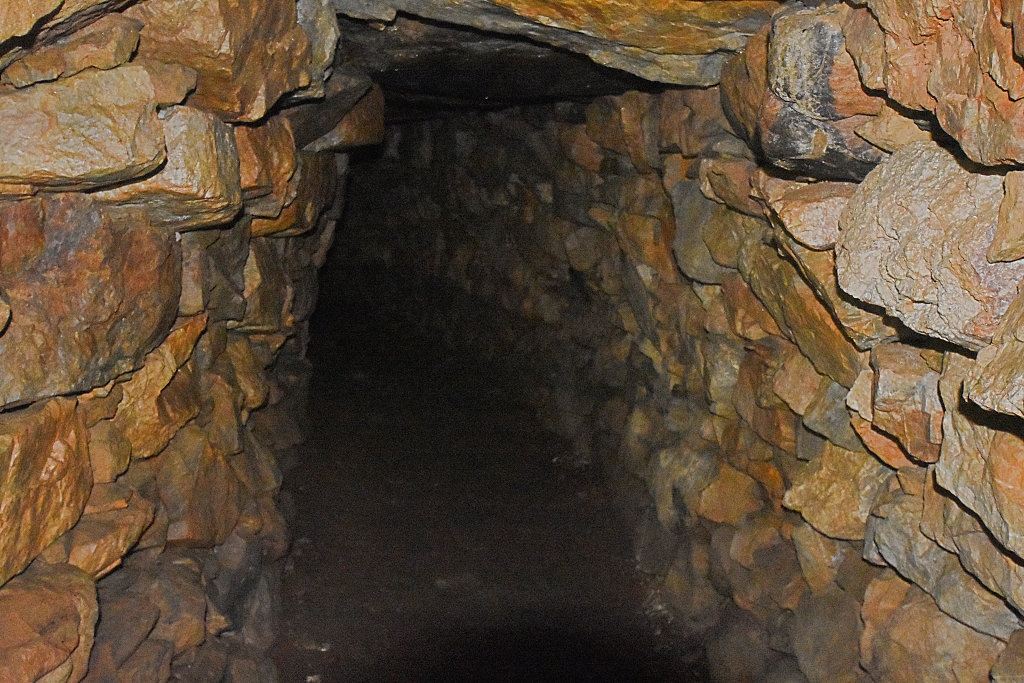 The Long Curved Passage (Point 3 on Map) © essentially-england.com
The Long Curved Passage (Point 3 on Map) © essentially-england.comHalliggye Fogou is the largest and best preserved of all Cornish fogous, and still extremely hard to spot even if you know where to look!
From the entrance, steep steps lead you below the earth, where a long, narrow passage guides you into the cool damp of the fogou’s interior. It stretches for thirty metres and opens into three separate chambers. Dry-stone walls line the passage and chambers, and all are roofed in stone, too.
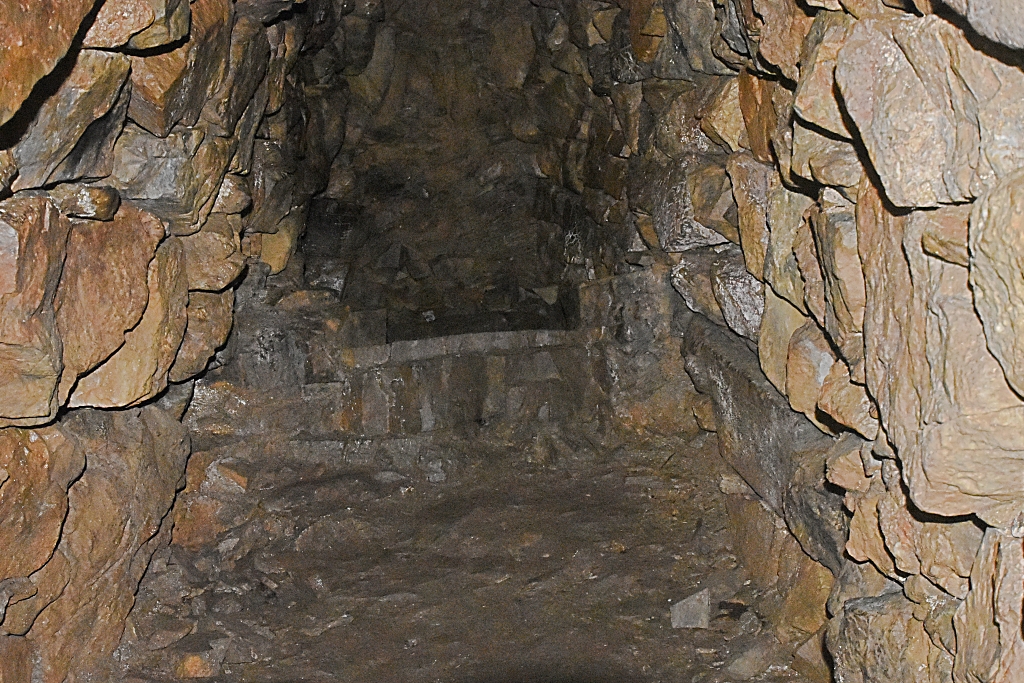 The Raised Stumble Block (Point 4 on Map) © essentially-england.com
The Raised Stumble Block (Point 4 on Map) © essentially-england.comDigging such a structure, and then lining the walls and roof with stone, required both effort and resources. And while we don’t know exactly what a fogou’s use was, its location at the heart of a village or settlement suggests it was important.
Did the fogou shelter the villagers in case of attack? Was it used to store food? Or was it a ritual space for the village it served?
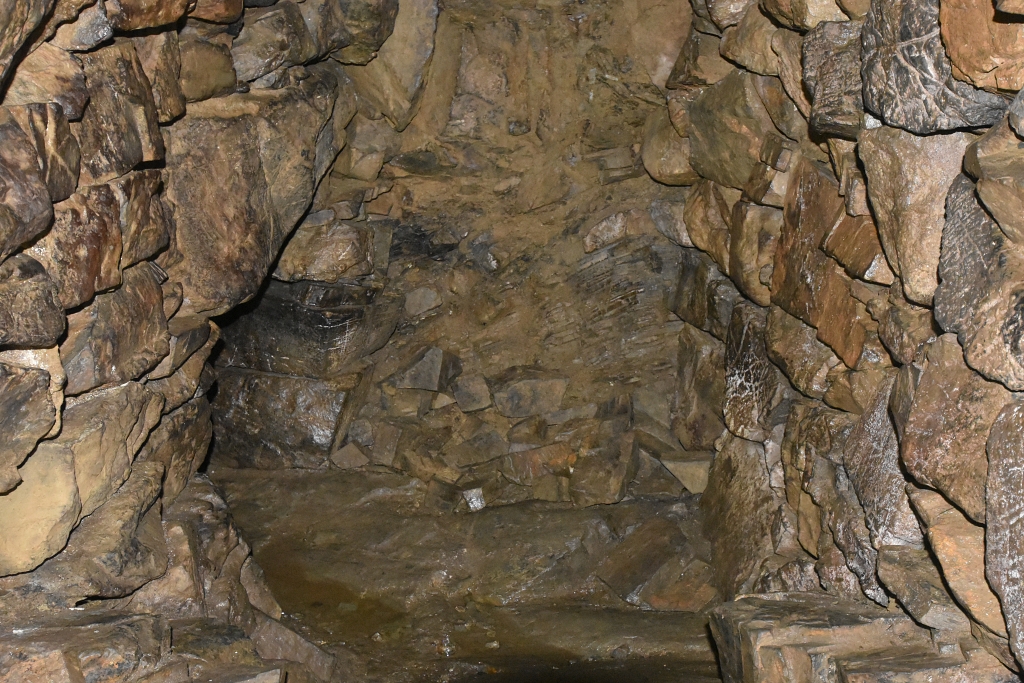 The Entrance to the Creep at the End of the Long Curved Passage (Point 5 on Map) © essentially-england.com
The Entrance to the Creep at the End of the Long Curved Passage (Point 5 on Map) © essentially-england.comCurrently, hypotheses exist for all these ideas. Until archaeological evidence can provide a definite answer, we can let our imagination marvel at the ingenuity and craftsmanship of the ancient Cornish peoples as we explore those hidden chambers and passages.
Exploring Halliggye Fogou
I think we first heard of fogou’s during an episode of Time Team, but couldn't quite imagine what a fogou was, why they were built and how it felt to stand inside one. As Halliggye Fogou was one of the better preserved, and only a few miles away from our holiday cottage, it was immediately put on to the must see list.
Halliggye Fogou is thought to be from the 5th or 4th century BC. It was situated at the heart of a small farming community that was surrounded by an earthwork enclosure. Within the enclosure there may have been four or five houses where several family groups would have lived.
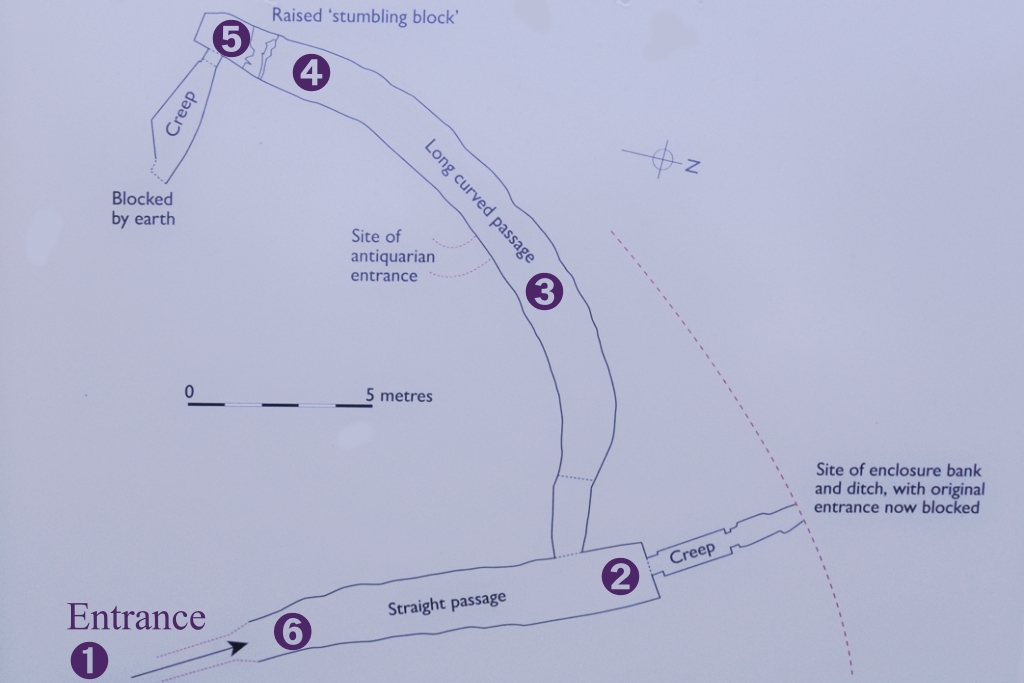 Map of Halliggye Fogou (Photo taken from English Heritage information board) © essentially-england.com
Map of Halliggye Fogou (Photo taken from English Heritage information board) © essentially-england.comOn our map, which is a photo of an English Heritage information board outside the fogou, I have added numbers that relate to the photos used in this text. Inside the fogou, we had to be careful not to bump our heads and we’re not the tallest of people. To get into the long curved passage we had to get down on our knees and crawl through. I’m not sure if you’re allowed to venture into the creeps and we certainly didn’t try as they have very narrow and muddy entrances. I suppose if you want to see inside the creeps, you could lay down and shine your torch through to take a photo.
Halliggye Fogou is managed by the Trelowarren estate and is under the care of English Heritage. It’s open from May to September during daylight hours and is free to visit. Please take care when exploring the fogou, as the steps are steep, the roof low, and the ground uneven. If you want to make it all the way to the end of the long curved passage, you will need a very good torch.
You can find out more about Halliggye Fogou on the English Heritage website.
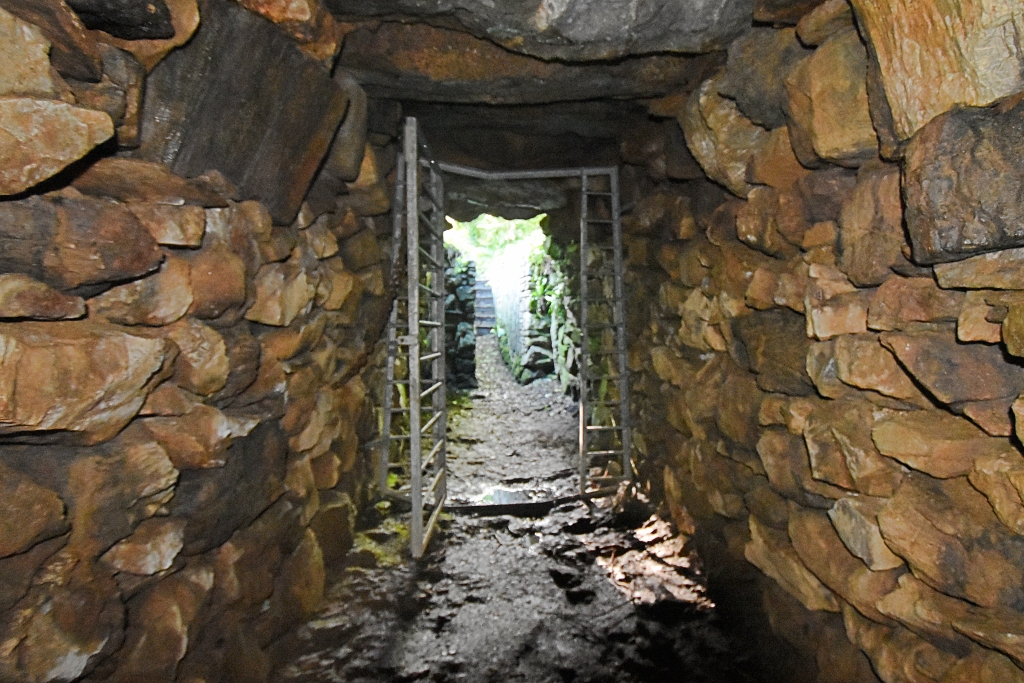 Entrance/Exit to Halliggye Fogou (Point 6 on Map) © essentially-england.com
Entrance/Exit to Halliggye Fogou (Point 6 on Map) © essentially-england.comA visit to Halliggye Fogou, whether you arrive with the blossom in May, or come as we did when the leaves are about to fall, makes for a great day out in Cornwall.
The Trelowarren estate offers holiday accommodation and leisure facilities, and the woodland walks across the estate are available to all between April and September. You can read more about the woodland walk and the Trelowarren estate here.
Beyond that, this part of Cornwall has a vibe all its own. It offers mystery, the thrill of exploration, history that reaches back into the mists of time, and a wonderfully serene, varied landscape that is a joy to discover.
Are you fascinated by caves and underground structures? Then come and see this one.
If you need to find a hotel, then try one of these search platforms...


